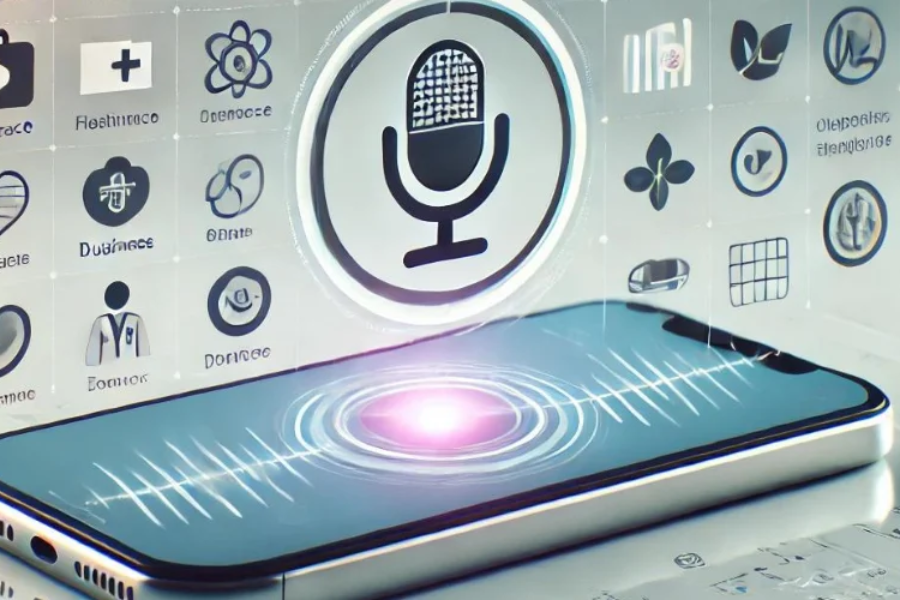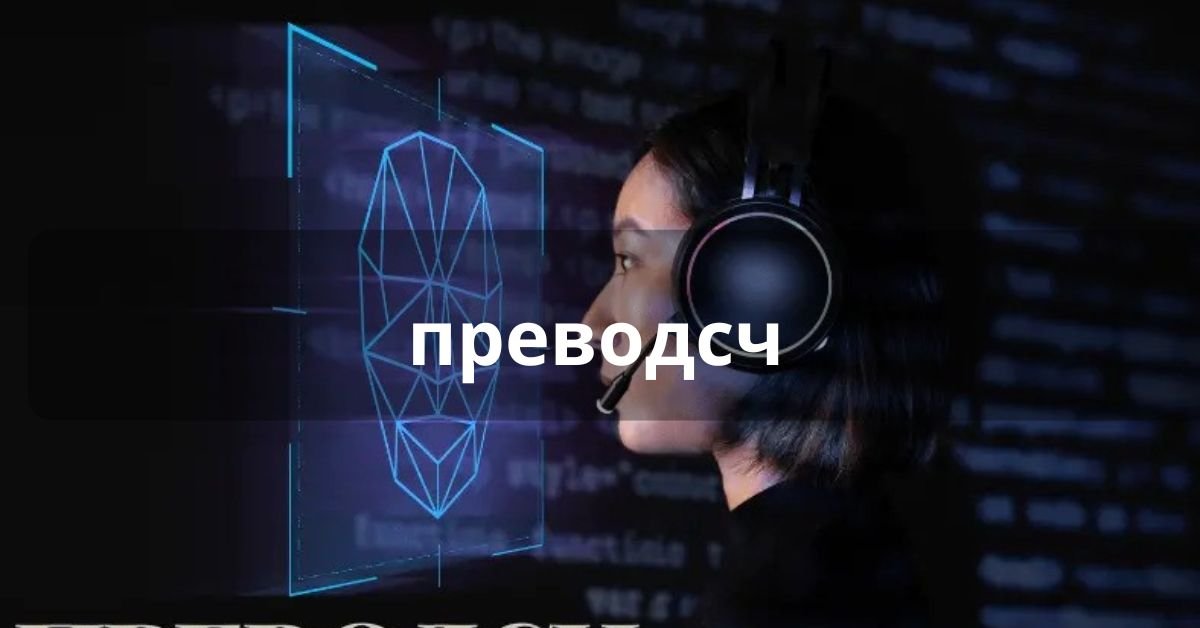As a преводсч, I’ve enjoyed helping people connect by translating between languages. It’s been fulfilling to see how accurate translations can bring different cultures and ideas together.
Преводсч is the Bulgarian word for translator”. A преводсч helps people understand each other by converting text or speech from one language to another.
Unlock the power of communication with a преводсч—your bridge to understanding and connecting across languages!
What does the term “преводсч” mean in English?
The term “преводсч” comes from Bulgarian and translates to “translator” in English. A преводсч is a professional who translates written or spoken content from one language to another. This role is crucial for facilitating communication between people who speak different languages, ensuring that messages are accurately conveyed and understood across cultural and linguistic boundaries.
How does a преводсч help bridge language barriers?
Accurate Communication:
They ensure that the meaning of the original content is preserved in the translated language, allowing people who speak different languages to understand each other clearly.

Cultural Understanding:
By translating not just words but also cultural nuances and context, they help prevent misunderstandings and ensure that messages are culturally appropriate.
Access to Information:
They make information accessible across linguistic boundaries, enabling people to access books, websites, documents, and media in languages they understand.
Facilitate Business and Diplomacy:
Translators help businesses and governments communicate effectively in international settings, aiding in negotiations, partnerships, and diplomatic relations.
Enhance Inclusivity:
They contribute to making services and content available to a broader audience, promoting inclusivity and equal access for speakers of different languages.
What are the primary skills required for a successful преводсч?
Language Proficiency:
Deep understanding of both the source and target languages, including their grammar, vocabulary, and idiomatic expressions.
Cultural Awareness:
Knowledge of cultural nuances and context to ensure translations are appropriate and resonate with the target audience.
Attention to Detail:
Ability to catch and accurately translate intricate details, ensuring the final text reflects the original meaning.
Research Skills:
Proficiency in researching specialized terminology and context to handle technical or field-specific content accurately.
Communication Skills:
Effective communication with clients and colleagues to clarify requirements, provide updates, and address feedback.
Adaptability:
Flexibility to work with various types of content and adapt to different subject matter, styles, and tones.
Time Management:
Skill in managing multiple projects, meeting deadlines, and prioritizing tasks efficiently.
Problem-Solving Abilities:
Capability to tackle translation challenges and find solutions for ambiguities or complex passages.
Computer Literacy:
Familiarity with translation tools, such as Computer-Assisted Translation (CAT) software and terminology management systems.
Cultural Sensitivity:
An understanding of and respect for cultural differences to ensure translations are not only accurate but also culturally appropriate.
What challenges do преводсч face when translating complex texts?
Translating complex texts presents several significant challenges for a преводсч. One major difficulty is grasping and conveying the nuanced meaning of the original text. Complex texts often contain specialized terminology, idiomatic expressions, and cultural references that may not have direct equivalents in the target language.
This requires the translator to not only understand the intricate details of both languages but also to conduct thorough research to ensure accuracy and maintain the text’s original intent. Misinterpretations or omissions in these areas can lead to inaccuracies and misunderstandings, especially in technical or legal documents where precision is crucial.
How can a преводсч ensure accuracy in technical translations?
To ensure accuracy in technical translations, a преводсч must first acquire a deep understanding of the subject matter. This involves becoming familiar with the specific terminology and concepts used in the technical field.
Translators often need to study industry-specific materials, consult with experts, and use specialized resources such as technical dictionaries and glossaries. By mastering the technical language and concepts, a преводсч can accurately convey complex information without introducing errors or misinterpretations.
What tools and software are commonly used by a преводсч?
Computer-Assisted Translation (CAT) Tools:
- SDL Trados Studio:
Offers translation memory, terminology management, and project management features.
- MemoQ:
Provides translation memory, terminology management, and real-time collaboration tools.
- Wordfast:
Includes translation memory and integrates with various file formats.
Terminology Management Software:
- SDL MultiTerm:
Helps create and maintain industry-specific glossaries for consistent terminology.
- TermBase:
Assists in managing and accessing specialized term databases.
Machine Translation Tools:
- Google Translate:
Provides instant translations and can assist with understanding the general content.
- DeepL:
Known for high-quality translations and context-aware machine translation.
Quality Assurance (QA) Tools:
- Xbench:
Checks for errors, consistency issues, and formatting problems.
- QA Distiller:
Analyzes translation for accuracy and consistency.
Localization Tools:
- Crowdin:
Facilitates localization and translation of digital content.
- Lokalise:
Provides tools for managing translations in software and digital content.
Project Management Software:
- Trello:
Helps organize and track translation projects and tasks.
- Asana:
Manages project timelines, workflows, and team collaboration.
Reference Tools:
- Online Dictionaries:
For quick lookups of word meanings and usage.
- Style Guides:
Provides guidelines on writing style and formatting.
Text Analysis Tools:
- AntConc:
Assists with text analysis and corpus linguistics to understand language usage patterns.
What are some common misconceptions about the role of a преводсч?
One common misconception about a преводсч (translator) is that their job is simply about swapping words from one language to another. Many people assume that translation is a straightforward process of replacing words without considering context, tone, or cultural nuances.
In reality, effective translation requires a deep understanding of both languages and their cultural contexts. Translators must capture the original meaning, idiomatic expressions, and subtleties while adapting the text to be natural and appropriate for the target audience. This nuanced approach ensures that the translated content maintains the integrity and intent of the original message.
What should businesses consider when hiring a преводсч for their needs?
Businesses should carefully consider a number of important factors when choosing a преводcч (translator) to make sure they pick the right person. First, companies should check to see how experienced and knowledgeable the translator is in the industry or area that their content is about.
This includes seeing how well they know technical terms and jargon used in their business. It’s also a good idea to look at their past work and customer reviews to get an idea of how good and reliable their versions are. Companies should also look at how well the translator can handle multiple tasks and meet deadlines, since getting things done on time is very important in business.
FAQS:
Can a преводсч handle urgent translation requests?
Many преводсч are able to handle urgent requests, but it depends on their workload and the complexity of the project. It’s important to communicate deadlines clearly and check the translator’s availability.
What is the difference between a переводчик and an interpreter?
A “переводчик” (translator) typically works with written texts, converting documents from one language to another. An interpreter, on the other hand, translates spoken language in real-time, such as during meetings or conferences.
How can I find a reliable преводсч?
To find a reliable преводсч, you can seek recommendations from trusted sources, review their credentials and portfolio, check client testimonials, and discuss your project needs and expectations clearly before hiring.
Conclusion:
A преводсч (translator) helps people understand each other by translating text and speech from one language to another. Their work makes communication possible between people who speak different languages, helping to connect and share ideas across cultures.


